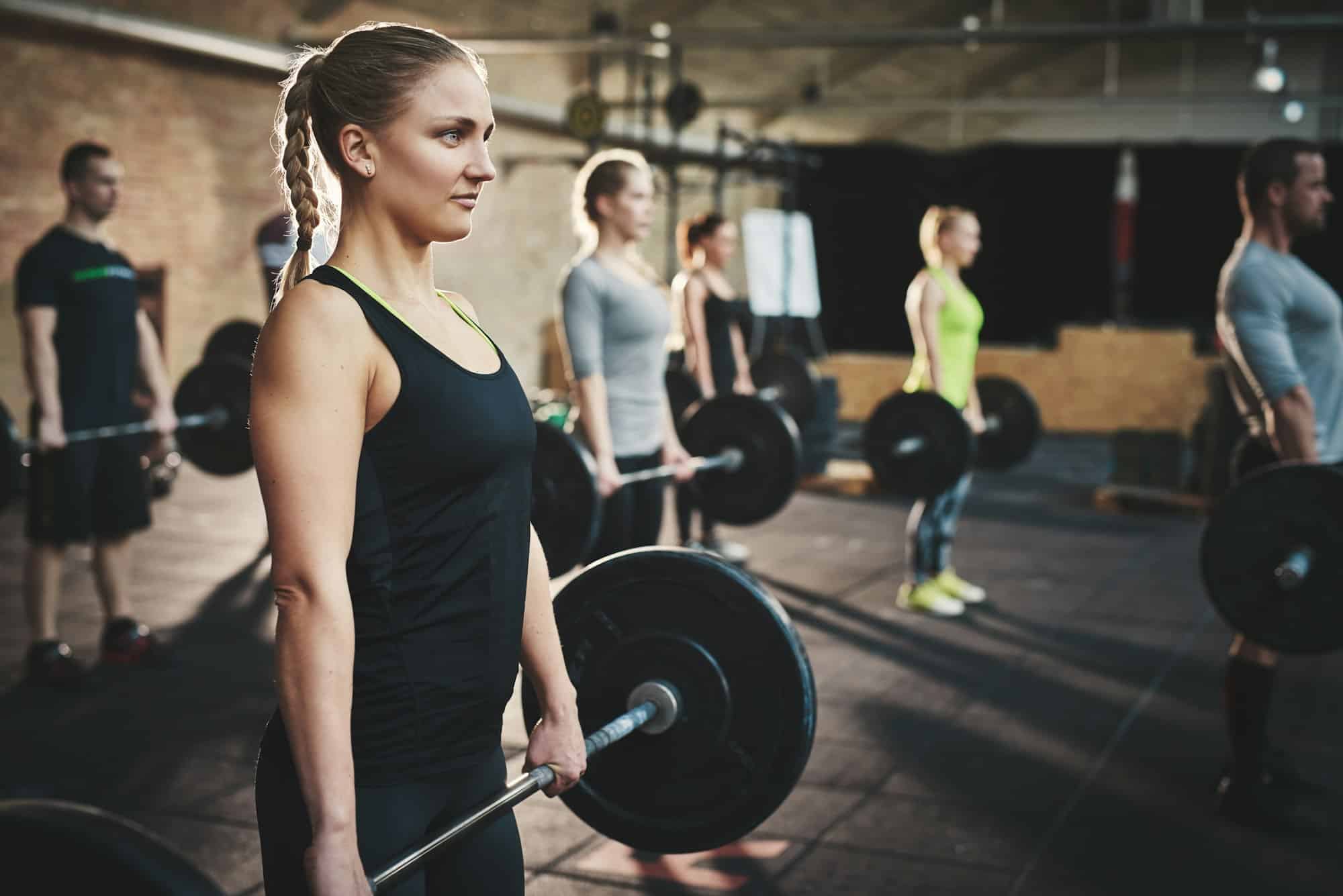What Are the Most Effective Techniques for Improving Grip Strength in Rock Climbers?

As rock climbers, you understand the importance of grip strength in your sport. The ability to hold onto the smallest of holds, sometimes merely tiny fissures in the rock, is what separates successful climbers from those who continually struggle. But what’s the best way to improve this crucial aspect of your climbing ability? Today, we’ll delve into the most effective training methods to enhance your grip strength, focusing on exercises that work on finger, hand, and forearm muscles. Also, we’ll discuss the role of body weight in endurance and strength training.
Hand and Finger Exercises To Boost Grip Strength
Hand and finger exercises are an essential part of grip strength training. When you’re hanging from a rock face with just your fingers, you’ll appreciate the time spent toiling away at these exercises. They target the specific muscles used during a climb, providing a more reliable grip and reducing the chance of injury.
Sujet a lire : How Can Multi-Axis Treadmills Improve Rehabilitation for Football (Soccer) Players?
Have you seen this : How Can Multi-Axis Treadmills Improve Rehabilitation for Football (Soccer) Players?
One of the most effective exercises for climbers is the hangboard workout. A hangboard is a training device featuring various types of holds. By hanging from these different holds, climbers can improve their grip strength, endurance, and finger dexterity. Regular hangboard sessions can lead to significant improvements in grip strength.
A lire également : How Should Athletes Adjust Their Training Regimes During Periods of Air Pollution?
Another excellent exercise is the finger curl. This workout targets the muscles in your fingers and hands, enhancing your ability to grip and hold onto rocks. You can perform finger curls using a weight, gradually increasing the weight as your strength improves.
Topic to read : How Should Athletes Adjust Their Training Regimes During Periods of Air Pollution?
Body Weight Training for Rock Climbers
Body weight training is a fantastic way to improve grip strength. These exercises utilize your weight to provide resistance, thereby improving your strength and endurance.
A classic bodyweight exercise that benefits climbers is the pull-up. While you might associate pull-ups more with improving arm and shoulder strength, they’re also incredibly useful for improving grip strength. As you pull your body weight using your hands and fingers, you’ll notice an increase in grip strength over time. Variations of pull-ups, such as the climber’s pull-up, which involves hanging from a hangboard, can also be quite beneficial.
Planks and push-ups, while mainly known for strengthening the core and upper body, can also play a role in grip strength. You maintain a firm grip on the ground or bars during these exercises, which works the relevant hand and finger muscles.
Incorporating Weight Training Into Your Climbing Training
While body weight exercises are beneficial, incorporating weight training into your climbing training can further enhance your grip strength. Weight training exercises, particularly those focusing on the hands, fingers, and forearms, can significantly increase your ability to hang onto those rocks.
Deadlifts are one such exercise. While they primarily target the lower body and back, they also work your grip strength as you have to hold onto the weight bar. Over time, this will bolster your grip endurance as well as strength.
Wrist curls and extensions, performed with a lightweight barbell or dumbbells, can also increase grip strength. They target the muscles that control your hand and fingers’ movements, thus improving your ability to grip the rocks and hold on.
Specific Training for Climbing Endurance
Endurance is as crucial as strength for rock climbers. Even if you have a strong grip, you need to maintain it for a significant amount of time. Long climbs can be particularly taxing, and without sufficient endurance, your grip will fail.
To enhance your climbing endurance, incorporate endurance-specific exercises into your training routine. Long, slow distance (LSD) training, such as running or cycling, can improve your overall endurance. Additionally, hanging from a hangboard for extended periods, while gradually increasing your hang time, can boost your grip’s endurance.
Balancing Your Training Regime
While focusing on grip strength, it’s vital not to neglect other aspects of your climbing training. Good climbers are well-rounded, boasting strength, flexibility, balance, and endurance. Therefore, your training regime should reflect this.
Mix grip strength exercises with endurance training and flexibility workouts. Yoga, for instance, can improve your flexibility and balance, which are critical for navigating tricky rock faces. Also, remember to rest. Overtraining can lead to injuries and hinder your progress. So ensure you allow your body time to recover between training sessions.
Improving your grip strength is an ongoing process, one that requires dedication, time, and consistency. Through hand and finger exercises, bodyweight training, weight training, endurance-specific workouts, and a balanced training regime, you can enhance your grip strength significantly and notice a marked improvement in your climbing performance.
Squeezing in Quality Time with Grip Strengtheners
Using grip strengtheners is another proven way to boost your grip and finger strength. These portable devices can be used at any time and anywhere, making them an excellent addition to your training kit. Grip strengtheners are designed to offer resistance when squeezed, which forces your hand and finger muscles to work harder.
There are several types of grip strengtheners available, such as coil, adjustable, and digital strengtheners. Coil strengtheners are the most straightforward, featuring a pair of handles attached to a resistance coil. Adjustable strengtheners allow you to modify the resistance level, making them suitable for both beginners and advanced climbers. Lastly, digital strengtheners offer the most modern approach, providing you with real-time feedback and interactive training programs.
Here’s a simple routine you can follow using a grip strengthener: squeeze it as hard as you can, hold for a few seconds, then release. Repeat this process for several sets. Over time, you’ll begin to notice an increase in your grip strength, which will translate to better climbing performance.
The Power of Hangboard Training
Hangboard training is a climbing specific exercise that offers abundant benefits to rock climbers. It simulates the grip and finger strength demands of real rock climbing, making it an essential tool for improving grip strength. A hangboard features a variety of holds, such as pockets, edges, and slopers, which mimic the types of grips you encounter while climbing.
Hangboard training typically involves hanging from the board using different holds and grip positions. For instance, you can hang using all fingers, or you can increase the challenge by using only a few fingers. You can also adjust the hang time and the amount of rest between sets to add variety and progressive overload to your workouts.
A simple hangboard training session could involve hanging from the board for a few seconds, then resting for a short period before repeating. Over time, you can increase the hang time and reduce the rest period to continually challenge your grip and finger strength. Consistency is key with hangboard training; regular sessions will help you develop stronger and more enduring fingers.
Conclusion
Improving grip strength is not a one-day affair; it demands dedication, patience, and a systematic approach to training. Incorporating the above-discussed techniques in your training regimen will undoubtedly give your grip and finger strength the boost they need. From hand and finger exercises, bodyweight and weight training, to the use of grip strengtheners and hangboard training, each has a unique role to play in enhancing your climbing performance.
Remember, while strength is essential, so is balance, flexibility, and endurance. Therefore, ensure your training regime is well-rounded, and it covers all these aspects. Rest is equally crucial, so take time off to allow your muscles to recover and grow stronger.
Embarking on a journey to improve grip strength is investing in your climbing future. As you build stronger fingers and hands, you’ll be able to handle more challenging climbs, enhancing not just your performance, but also your climbing experience. So, get started on those grip exercises today, and see how high you can climb.
